Introduction
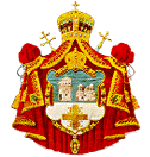
The Church of Serbia was de facto autocephalous in 1832, but not recognized by the Church of Constantinople until 1879. Some claim that Serbia’s autocephaly goes back to 1219.
Continue reading “The Church of Serbia”

The Church of Serbia was de facto autocephalous in 1832, but not recognized by the Church of Constantinople until 1879. Some claim that Serbia’s autocephaly goes back to 1219.
Continue reading “The Church of Serbia”
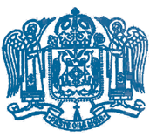
The Church of Romania declared its autocephaly in 1865 with strong protests from Constantinople, who eventually recognized the autocephaly in 1885.
The Church of Romania was raised to the rank of Patriarchy in 1925. The majority of Romanians in Romania by a very wide margin (about 20 million, or 86.7% of the population, according to the 2002 census data) belong to it.
Continue reading “The Church of Romania”
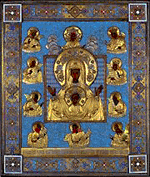 The Russian Orthodox Church Outside Russia (Russian: Русская Православная Церковь Заграницей), also called ROCOR is a semi-autonomous part of the Russian Orthodox Church.
The Russian Orthodox Church Outside Russia (Russian: Русская Православная Церковь Заграницей), also called ROCOR is a semi-autonomous part of the Russian Orthodox Church.
The ROCOR is also referred to as the Karlovtsy Synod (from its seminal formations in Serbia) or simply the Synod, the Russian Orthodox Church Abroad, or ROCA
Continue reading “The Russian Orthodox Church Outside Russia (ROCOR)”
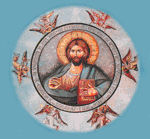
The Autocephalous Church of Poland, commonly known as the Polish Orthodox Church, is one of the autocephalous Eastern Orthodox Churches in full communion.
The church was established in 1924, to accommodate Orthodox Christians of Polish, Ukrainian and Belarusian descent in the eastern part of the country, when Poland regained its independence after the First World War.
Continue reading “The Church of Poland”
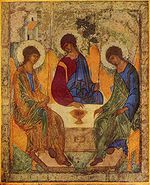 The Orthodox Church as a whole is the unity of what are called local autocephalous or autonomous churches. These words mean simply that these churches govern themselves, electing their own bishops and organizing their own lives. Each of these churches has exactly the same doctrine, discipline and spiritual practices.
The Orthodox Church as a whole is the unity of what are called local autocephalous or autonomous churches. These words mean simply that these churches govern themselves, electing their own bishops and organizing their own lives. Each of these churches has exactly the same doctrine, discipline and spiritual practices.
![]()
They use the same Bible, follow the same canon laws, confess the authority of the same Church Councils and worship by what is essentially the same liturgy.
It is nothing other than this communion in faith and practice which unites all Orthodox Churches together into one world-wide body. In this sense, there is no one dominating authority in the Orthodox Church, no particular bishop or see or document which hasy over the churches.
Continue reading “Orthodoxy”